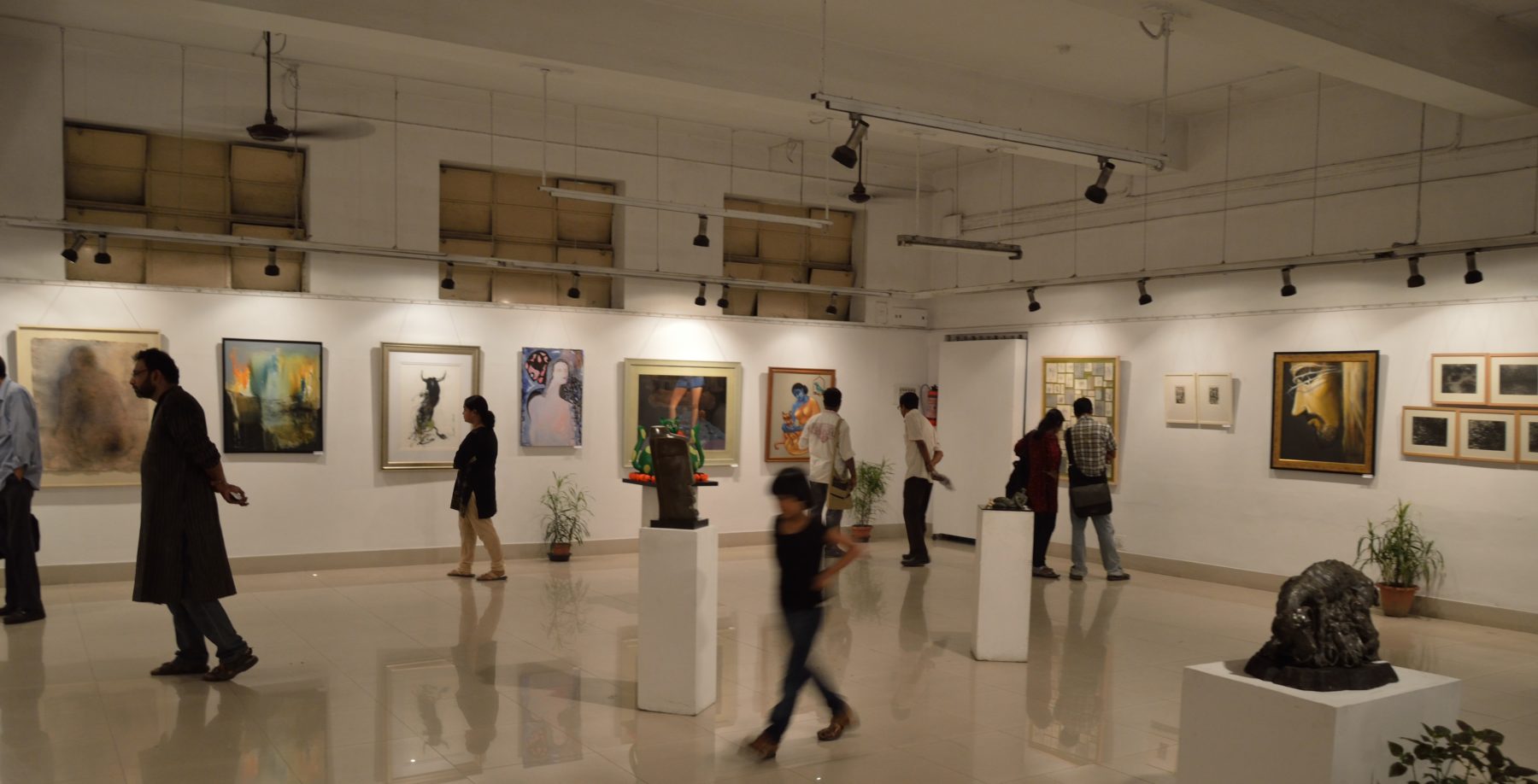1. Maurice Davies and Lucy Shaw. Cultural Trends 19.3. “Measuring the Ethnic Diversity of the Museum Workforce.” 2010. United Kingdom.
This paper attempts to determine the ethnic profile (sometimes called “cultural diversity”) of the museum sector workforce. It sets the museum sector workforce in the context of the population as a whole and makes some comparisons to the diversity of the wider cultural sector workforce. It looks also at positive action training schemes, targeted at under-represented minority groups, in particular the Museums Association’s Diversify scheme, looking at their cost and effectiveness in securing employment.
2. Mariët Westermann, Roger Schonfeld, and Liam Sweeney. The Andrew W. Mellon Foundation. “Art Museum Staff Demographic Survey 2018.” 2018. United States.
A report on the second demographics study issued by The Andrew W. Mellon Foundation, the Association of Art Museum Directors, the American Alliance of Museums, and Ithaka S+R to gauge any progress being made in diversifying leadership in arts institutions.
3. Rachelle Schlosser. League of American Orchestras. “Advancing Equity, Diversity, and Inclusion in Orchestras.” 2019. United States.
In January 2019, the League of American Orchestras launched The Catalyst Fund, a three-year pilot program of annual grants to adult and youth orchestras that aims to advance their understanding of equity, diversity, and inclusion (EDI). Supported by a three-year, $2.1 million grant to the League of American Orchestras from The Andrew W. Mellon Foundation, the fund responds to input from the League’s members that perceive “a momentum within orchestras towards serving people of all races, genders, and cultural, religious, and socioeconomic backgrounds.”
4. University of Bristol and AHRC Connected Communities Programme. “Hidden Histories of World War One: Ramgarhia Sikh Tapestry Project.” 2018. United Kingdom.
A collaboration between a group of Sikh women in Leicester and two academic advisors from the University of Nottingham. The aim of the project was to support the women to undertake research on the contribution of Sikh soldiers to the First World War. This case study was produced in 2018 as part of the Common Cause Research project.
5. University of Bristol and AHRC Connected Communities Programme. “Imagine: Writing in the Community.” 2018. United Kingdom.
This case study is part of a broader initiative called Imagine, a 5 year project from 2013-2017. The project aimed to create spaces in which women and girls could explore the social and cultural context of minority women in Rotherham through writing. This case study was produced in 2018 as part of the Common Cause Research project.
